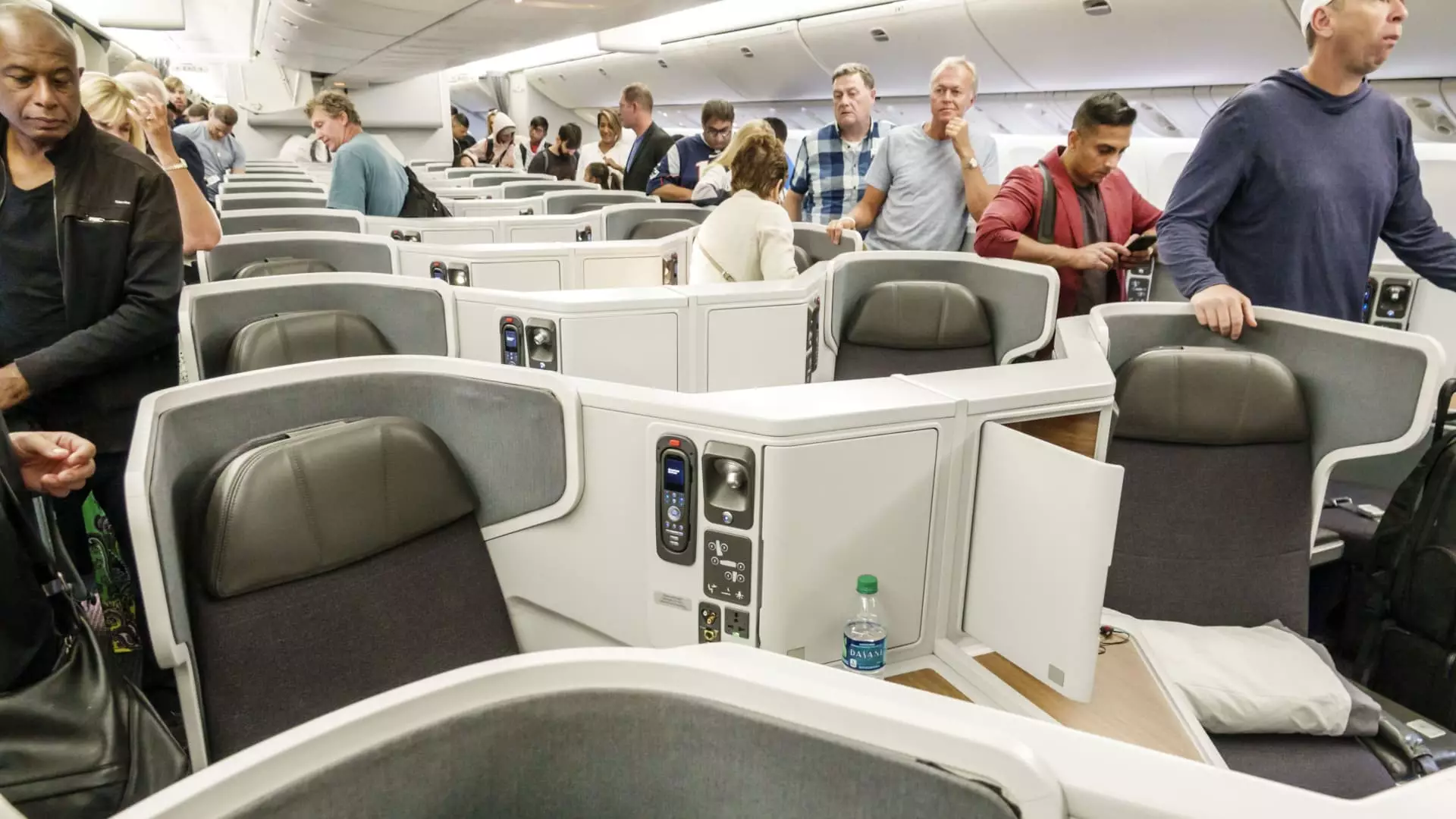The airline industry has undergone significant changes in the wake of the COVID-19 pandemic. As more travelers flood back into airports and onto flights, preferences have shifted dramatically, with an increasing number of passengers willing to invest in more premium travel experiences. This article explores this evolving landscape, the implications for frequent flyers, and what this means for airlines trying to balance revenue with customer satisfaction.
The pandemic created a paradoxical situation: travelers are now seeking out greater comfort even as they remain cost-conscious. Initially, the economic strain of the pandemic led many travelers to gravitate towards budget options. However, as recovery progressed, the desire for a more luxurious flying experience emerged. This change isn’t just a fleeting trend; indications suggest that passengers are opting for larger and more spacious seats, particularly in the front rows of the aircraft.
Moreover, a noticeable demographic shift in flying habits is emerging. Consumers evidently are more willing to pay for premium seating, a trend reinforced by airlines’ own marketing strategies highlighting these offerings. Rather than catering exclusively to budget-seeking customers, airlines are now focusing on this growing base of travelers desiring extra comfort during their journeys, appealing to their need for a more enjoyable travel experience.
As more passengers show a preference for premium seating, the competition for these coveted spots has heightened significantly. Frequent flyers, who once relied on elite status and loyalty programs as a ticket to complimentary upgrades, find themselves vying for limited available spots in premium cabins with other elite travelers. Airlines are noting this-pattern shift, with many reviewing and adjusting their loyalty programs to accommodate the surge in paid premium travel.
As of late 2023, it has been reported that airlines are seeing unprecedented amounts of paid demand for first-class and business-class seats. For major carriers like Delta and American Airlines, the increase in direct purchases in premium spaces correlates with a general rise in supplemental revenue. This means less opportunity for freebies usually associated with frequent flyer status, making it crucial for loyal customers to adapt.
Airlines have recalibrated their revenue strategies in response to changing passenger preferences. Historically, airlines fostered frequent flyer programs that rewarded distance traveled over money spent. Now, however, they are focusing on revenue, raising the bar for qualifying as an elite status member. For instance, a recent announcement from United hinted at an impending increase in spending requirements to achieve elite status, underscoring the industry’s shift towards revenue maximization.
The direct result of this shift is clear: airlines benefit from robust loyalty programs, creating a revenue stream that significantly bolsters their financial stability. With air travel still rebounding, airlines like American and Delta have recognized the necessity to find the middle ground between rewarding loyalty and capitalizing on passenger willingness to spend more.
As demand for premium seating arrangements flourishes, airlines have begun to retrofit their fleets to keep pace with customers’ evolving preferences. JetBlue’s rollout of “junior Mint,” for instance, represents a tactical enhancement of their aircraft to include more premium seats. Similarly, Alaska Airlines is working to retrofit its planes with upgraded seating, further illustrating the transition towards more premium product offerings.
Such changes not only cater to changing customer demands but also aim to enhance customer satisfaction while maintaining a competitive edge. Airlines are actively seeking ways to bolster their premium cabin offerings – from upgraded seating with sliding doors to intimate cabin environments devoid of traditional first class. This strategic pivot illustrates how airlines are prioritizing customer experiences to build loyalty and promote return business at a time when every interaction matters.
CEO Bob Jordan of Southwest Airlines hints at a fundamental generational shift among travelers, noting that younger customers are increasingly seeking premium experiences. It’s not merely the price tag that attracts these consumers, but a broader mentality favoring comfort and experience over cost savings. This generational perspective on travel behavior is likely to shape industry norms for years to come.
As trends evolve, airlines can’t afford to remain static. Adaptation to preferences for premium services is crucial, yet challenging. The competition among airlines to meet these demands while ensuring ample economics will undoubtedly continue to drive innovation and strategy across the industry.
As air travel continues to mature post-pandemic, the rise of premium cabin interest signals an essential shift in passenger behavior. The implications of this trend could redefine airline profitability, customer loyalty, and travel experiences in the coming years. Airlines that can effectively adapt and offer desired amenities will find a lucrative avenue for growth amidst changing consumer preferences.


Leave a Reply